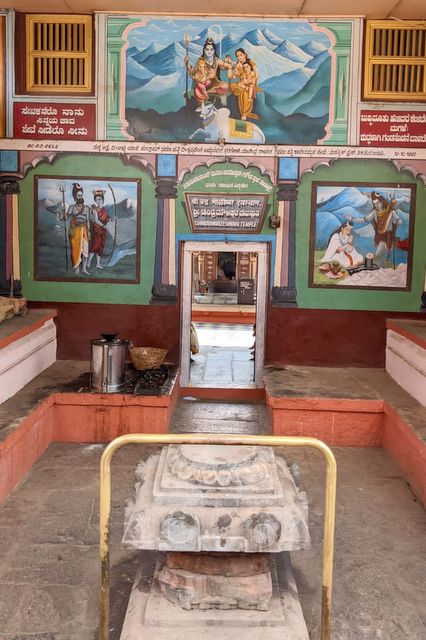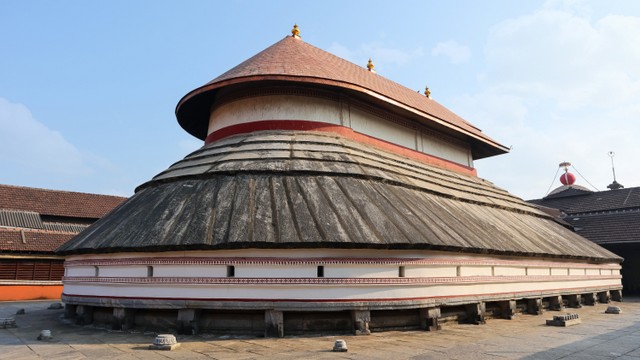Situated in Coastal Karnataka, Udupi is popularly known for its temples and tempting cuisine. At the heart of the town lies the Sri Krishna Mutt. Established by Shri Madhavacharya in the 13th century, the temple is surrounded by 8 Mutts and is visited throughout the year by pilgrims. On the premises of the same temple are two other ancient Shiva temples of Udupi that often go unnoticed.
They are the twin Shaivite temples called Anantheshwara and Chandramoulishwara. The presence of these temples made Udupi a holy land even before the establishment of the Shri Krishna Mutt. It is customary to visit them before proceeding toward the Shri Krishna temple.
Shiva Temples of Udupi
The Chandramoulishwara Temple
The history of the temples is intertwined with the name Udupi. The name “Udupi” is derived from the Sanskrit term “Udupa”. This literally translates to the “Lord of the stars”, the Moon. According to the popular legend, the moon was married to 27 daughters (signifying the 27 constellations) of Daksh Prajapati. While the moon enjoyed the company of Rohini, he ended up ignoring the other 26 wives. On complaining to their father, Daksh Prajapati cursed the moon that his radiance will diminish and will be lost in total oblivion. To atone for this curse, the moon started performing penance and austerities to Shiva Mahadev.
Shiva was pleased and granted the moon the ability to wax and wane instead of completely diminishing. The land where the moon is said to have performed penance was known as Abjaranya which is now Udupi and the nearby lake turned into the Chandrapushkarni. Hence, Shiva is given the title of Chandramoulishwara.
The temple complex
The present Chandramoulishwara temple dates back to the 8th century CE. The temple is built in traditional Udupi-style temple architecture. It has a sloping roof and cooling granite stone to walk on. This temple is right opposite the Shri Krishna Mutt and shares a wall with the popular eatery Mitra Samaj.

The Nandi here is tilted and one has to tilt their head in a similar way to see the Shiva ling. This temple is at a lower level about 6 feet below ground level and one has to climb down a few steps to enter the temple. Despite this height difference, this temple has never been flooded.
It is believed that this Sphathik (quartz) Lingam changes color thrice during the…
Click Here to Read the Full Original Article at Inditales…
